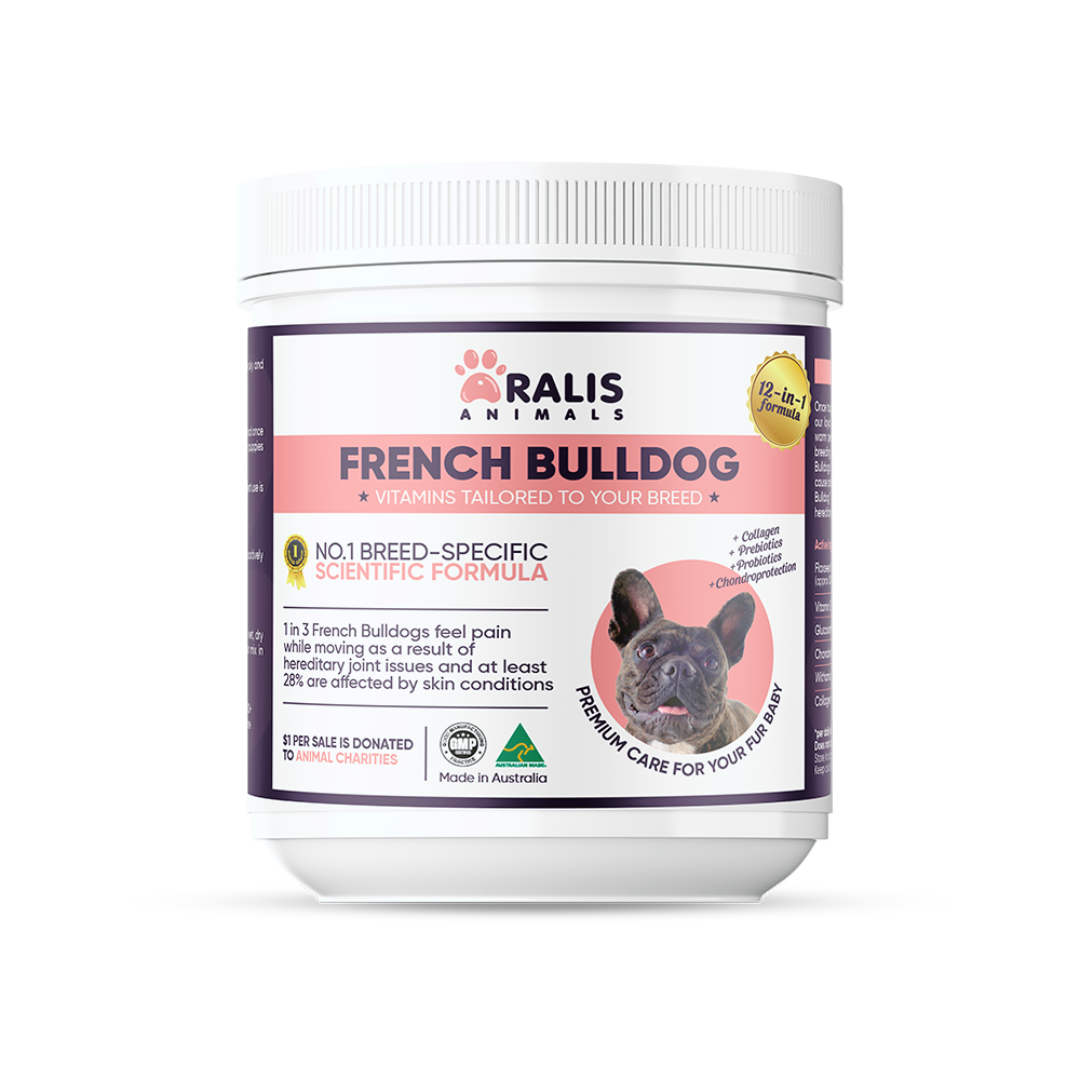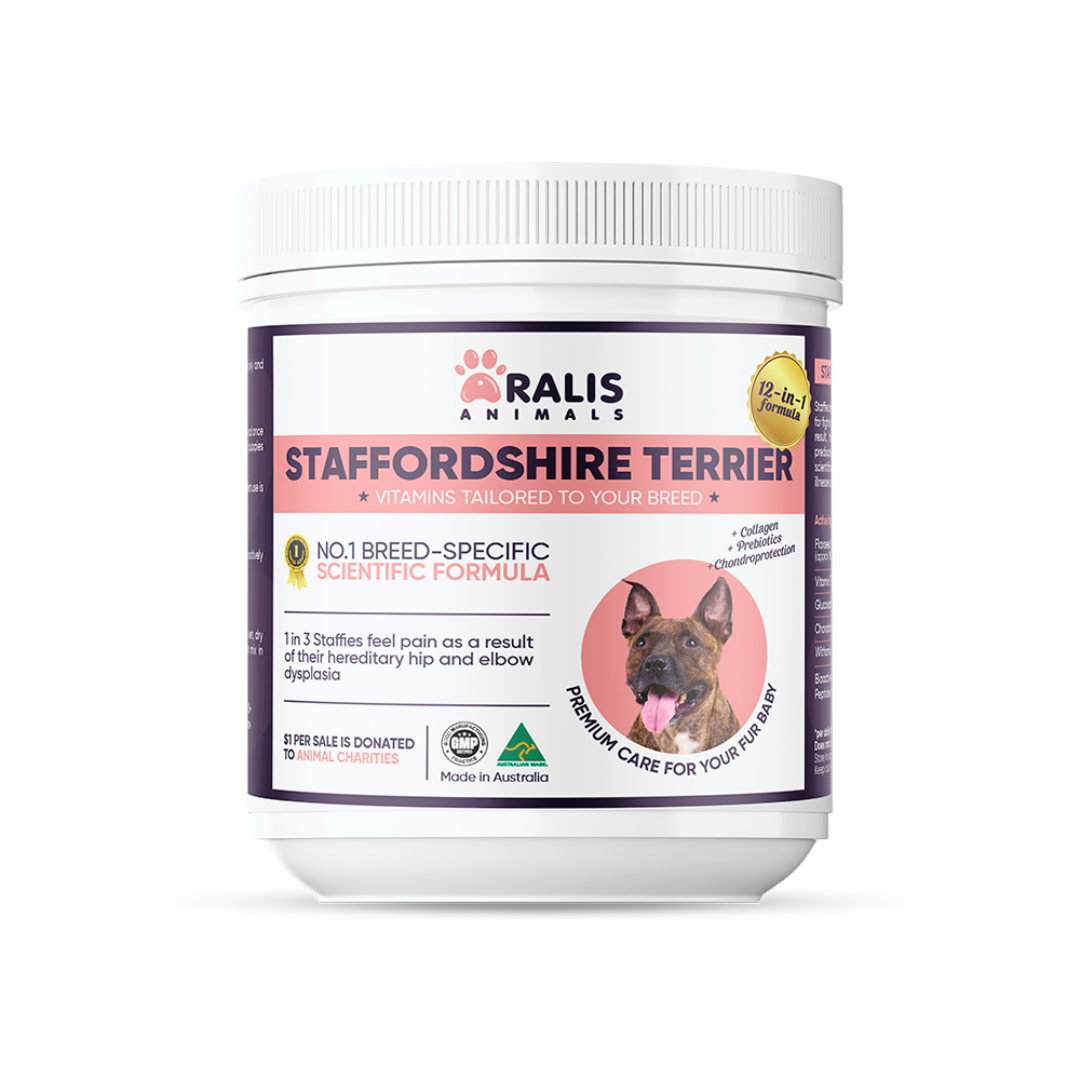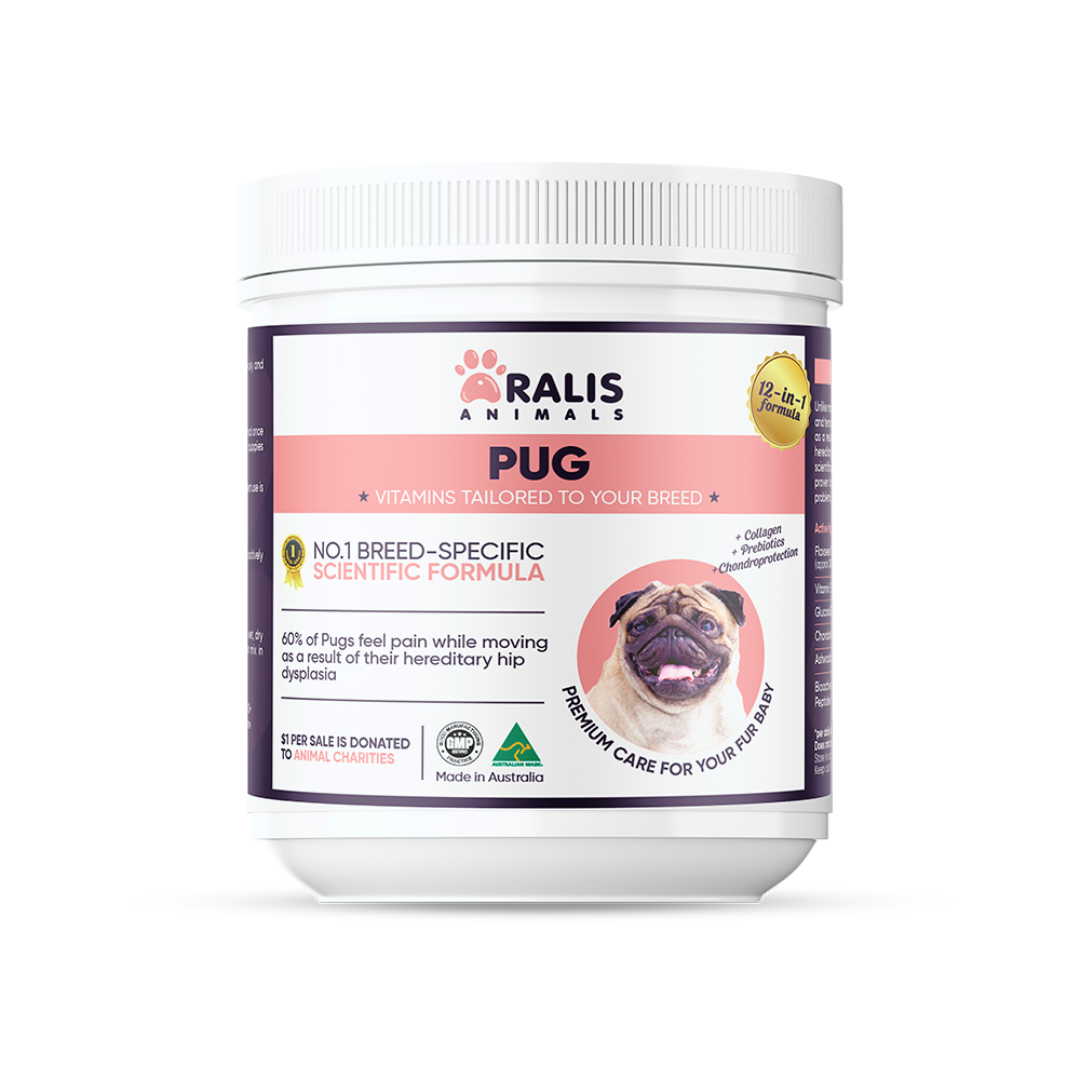Paw Licking in Dogs: When to Worry and How to Treat It
As pet owners, we often find ourselves puzzled by our canine companions' behaviors. One common behavior that can raise concerns is excessive paw licking. While a little paw licking is normal, when it becomes excessive or persistent, it may be a sign of an underlying issue that requires attention. In this blog post, we'll explore the common reasons for paw licking in dogs, the signs of problematic behavior, and the steps you can take to address and prevent this condition.
Understanding Paw Licking in Dogs
Paw licking is a natural grooming behavior in dogs, and it's not uncommon for them to engage in this activity from time to time. However, when the licking becomes excessive or persistent, it may indicate an underlying problem that needs to be addressed.
Common Reasons for Paw Licking
There are several potential reasons why dogs may engage in excessive paw licking:
Allergies
Environmental or food allergies can cause skin irritation and itchiness, leading dogs to lick their paws in an attempt to find relief.
Skin Infections
Bacterial or fungal infections on the paws can cause discomfort and lead to excessive licking.
Injuries or Wounds
If a dog has sustained an injury or has a wound on their paw, they may lick the area to try to soothe the pain or promote healing.
Anxiety or Boredom
Some dogs may develop a habit of licking their paws as a way to self-soothe or cope with stress, anxiety, or boredom.
Parasites
Fleas, mites, or other parasites can cause irritation and itchiness, prompting dogs to lick their paws.
Signs of Problematic Paw Licking
It's important to be aware of the signs that indicate excessive or problematic paw licking. These include:
- Frequent and prolonged licking sessions
- Redness, inflammation, or irritation on the paws
- Hair loss or thinning fur on the paws
- Open sores or wounds from excessive licking
If you notice any of these signs, it's important to address the issue promptly to prevent further complications.
Diagnostic Steps
If your dog is exhibiting signs of problematic paw licking, the first step is to schedule an appointment with your veterinarian. They will perform a thorough examination and may recommend additional tests, such as:
- Skin scraping or biopsy to check for infections or parasites
- Allergy testing to identify potential environmental or food triggers
- Blood tests to rule out underlying medical conditions
By identifying the underlying cause, your veterinarian can develop an appropriate treatment plan.
Treatment Options
The treatment for paw licking will depend on the underlying cause. Some common treatment options include:
Medical Interventions
- Prescription medications to address allergies, infections, or other medical conditions
- Topical treatments, such as anti-itch creams or medicated shampoos
Topical Treatments
- Soothing balms or ointments to protect and heal the paws
- Protective booties or socks to prevent further licking
Home Remedies
- Dietary adjustments to address food allergies
- Natural anti-itch remedies, such as oatmeal baths or coconut oil
Environmental Modifications
- Providing more mental stimulation and physical activity to reduce boredom or anxiety
- Addressing any potential sources of stress or anxiety in the dog's environment
Prevention Strategies
To help prevent problematic paw licking, consider the following strategies:
- Regularly grooming and inspecting your dog's paws
- Implementing a comprehensive allergy management plan
- Ensuring your dog receives adequate mental stimulation and physical activity
- Making any necessary environmental modifications to reduce stress or anxiety
When to Seek Professional Help
If the paw licking persists or worsens despite your efforts, it's important to seek professional help from your veterinarian. Some red flags that indicate the need for immediate attention include:
- Severe inflammation or open sores on the paws
- Chronic or recurring skin infections
- Significant hair loss or skin damage
- Behavioral changes or signs of distress
Early intervention is key to addressing the underlying cause and preventing further complications.
Conclusion
Paw licking in dogs is a common behavior, but when it becomes excessive or persistent, it may be a sign of an underlying issue that requires attention. By understanding the common causes, recognizing the signs of problematic licking, and taking the appropriate steps to address the problem, you can help your canine companion find relief and maintain their overall health and well-being. Remember, if you have any concerns, don't hesitate to consult with your veterinarian for personalized guidance and support.





